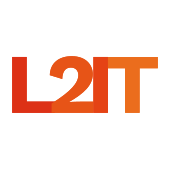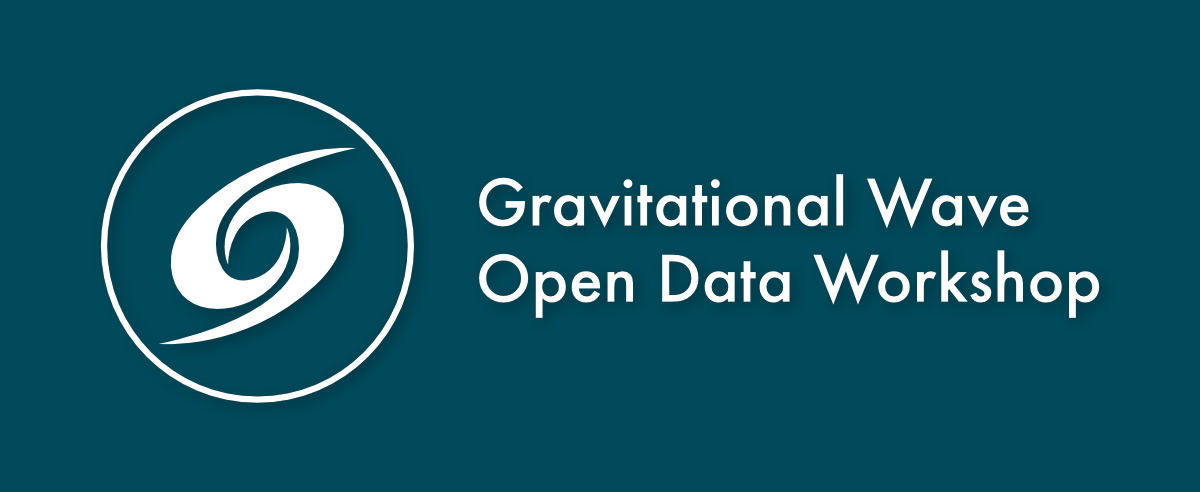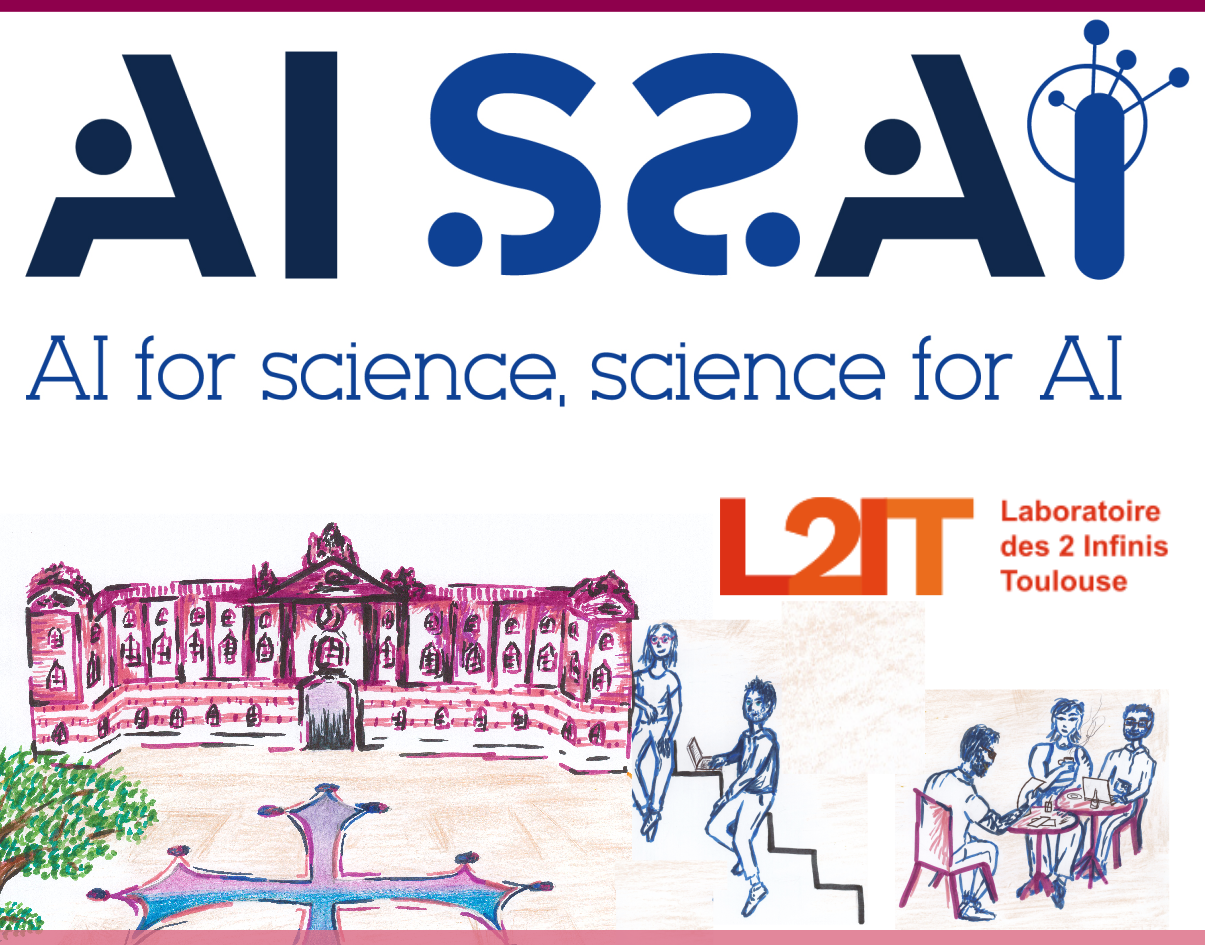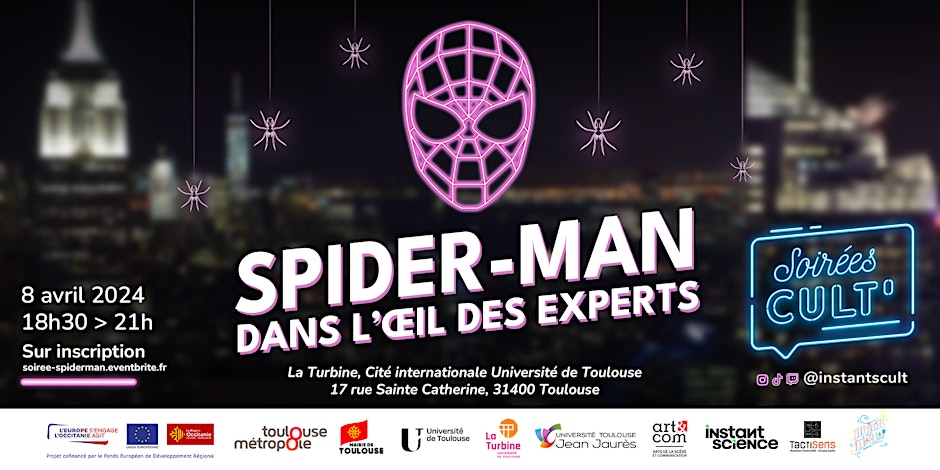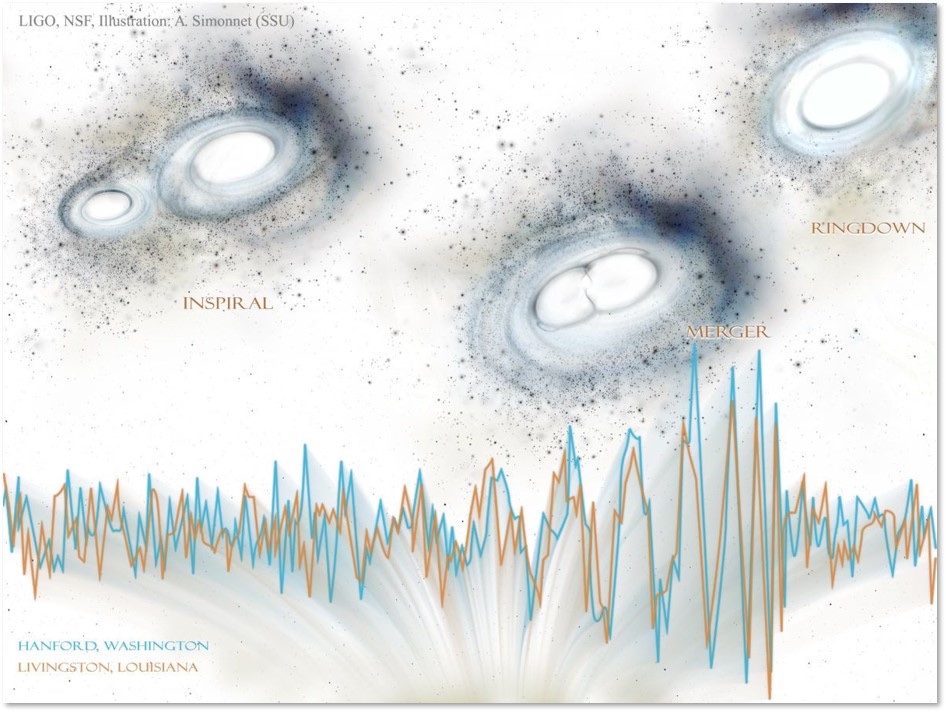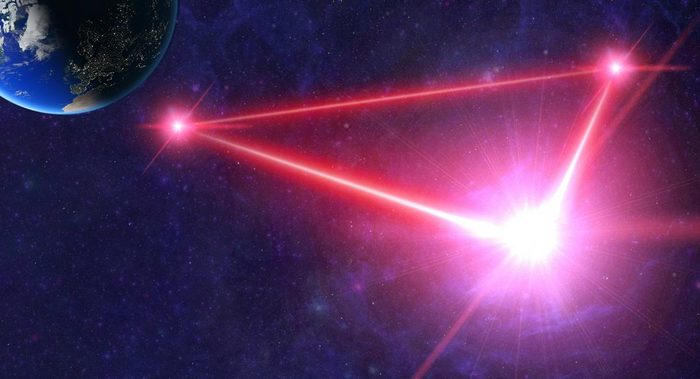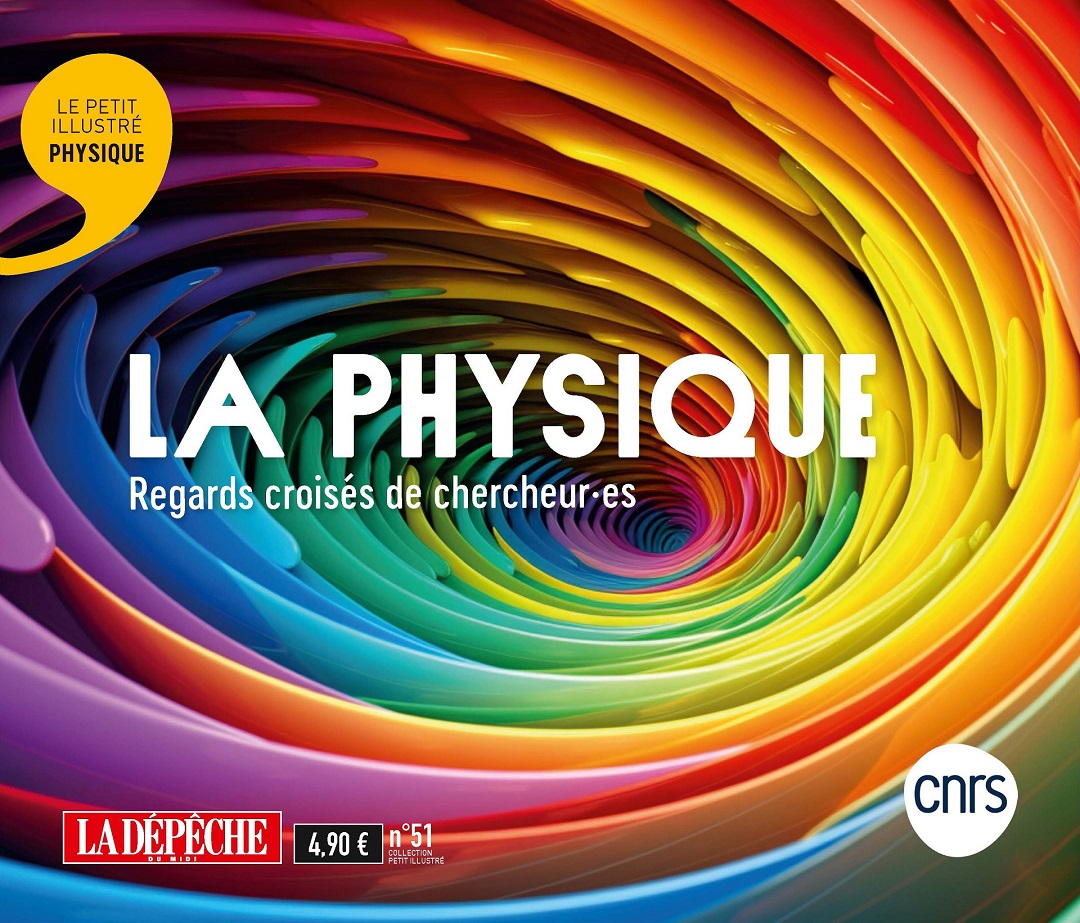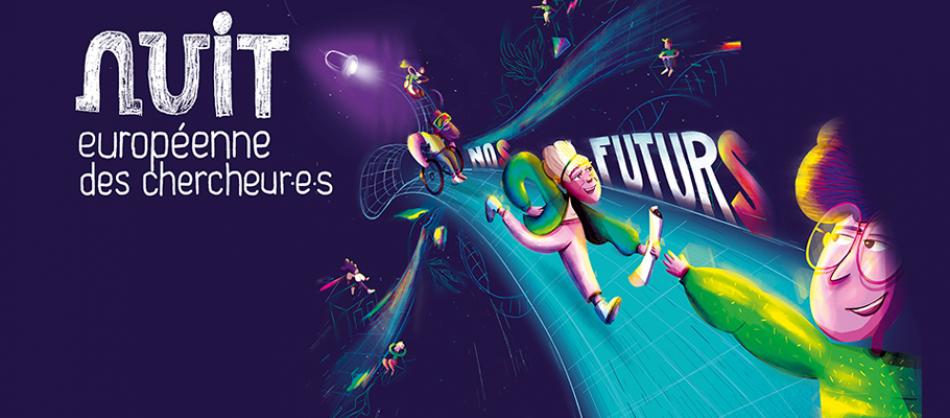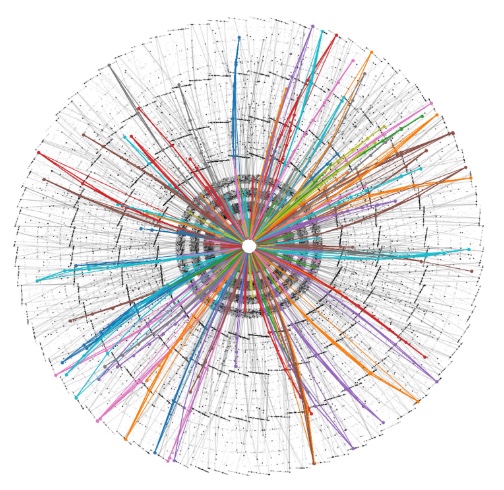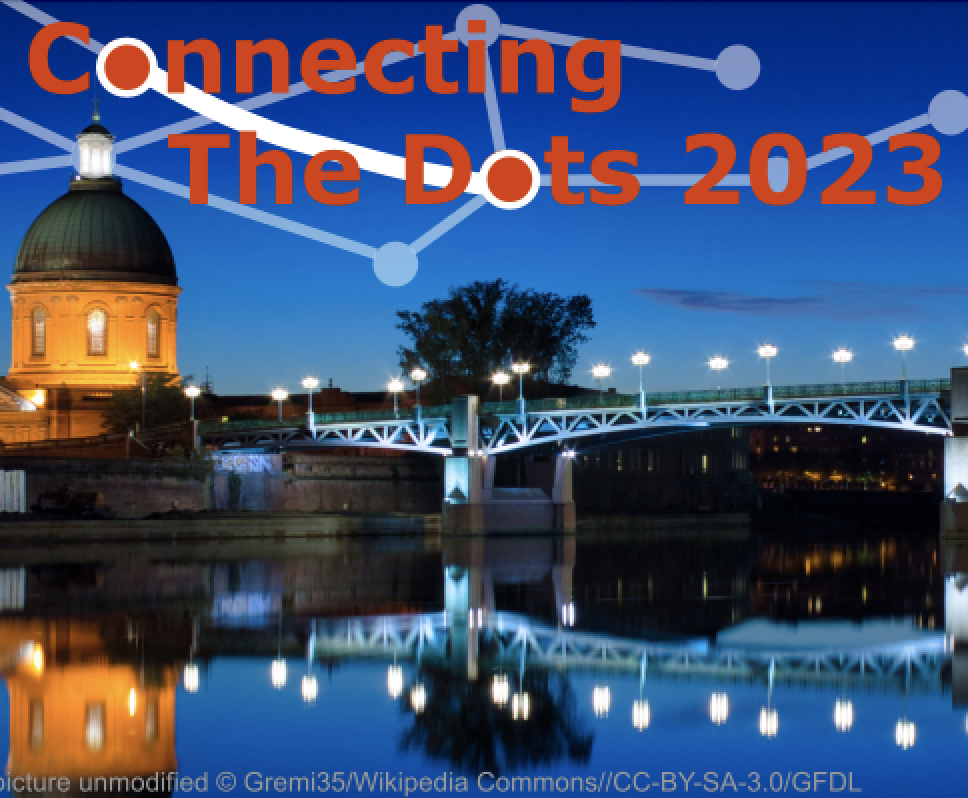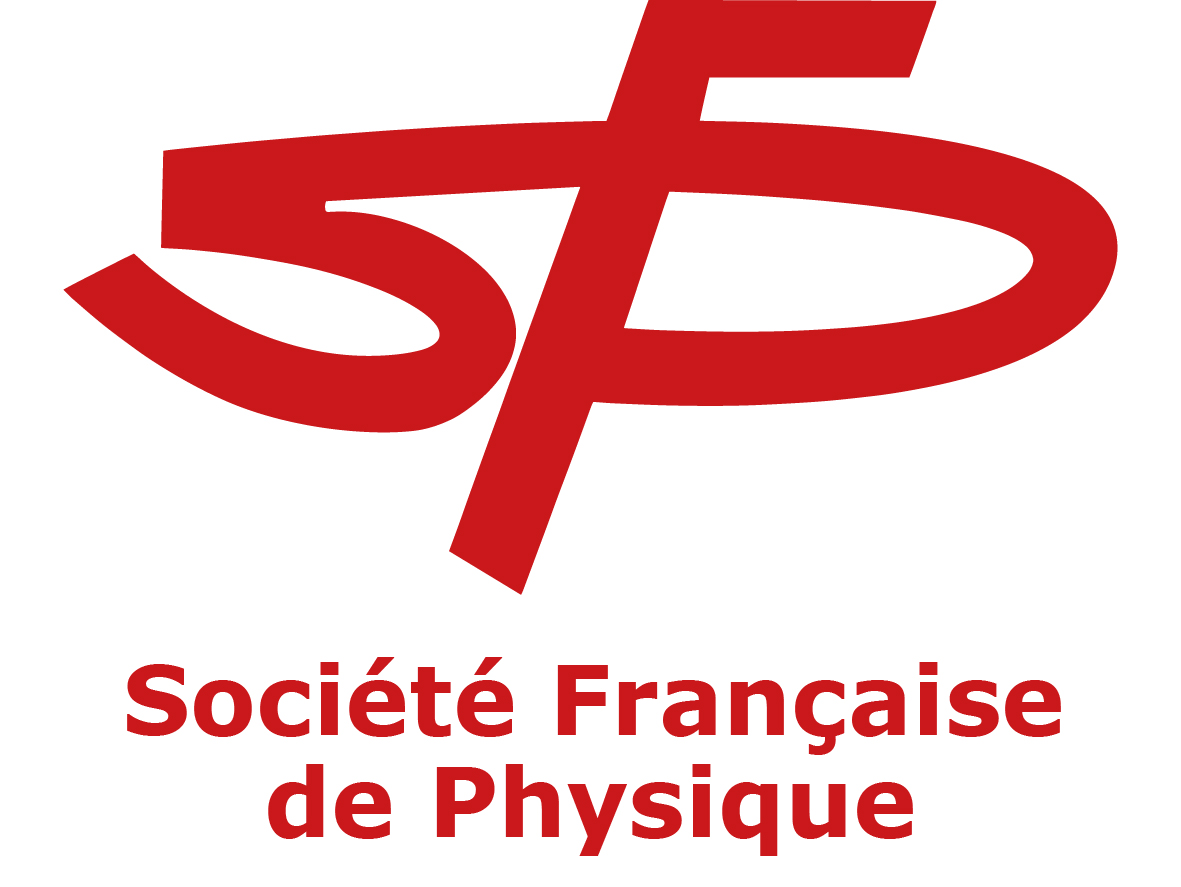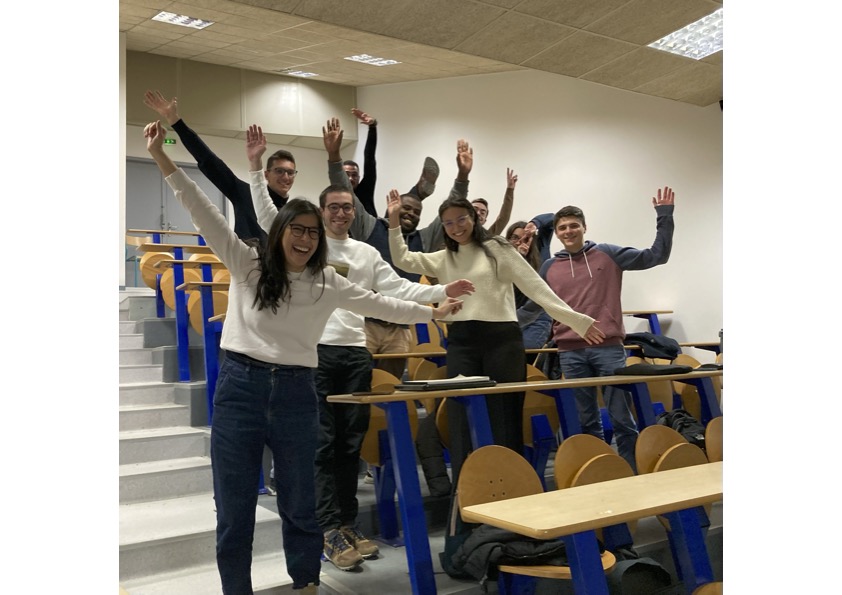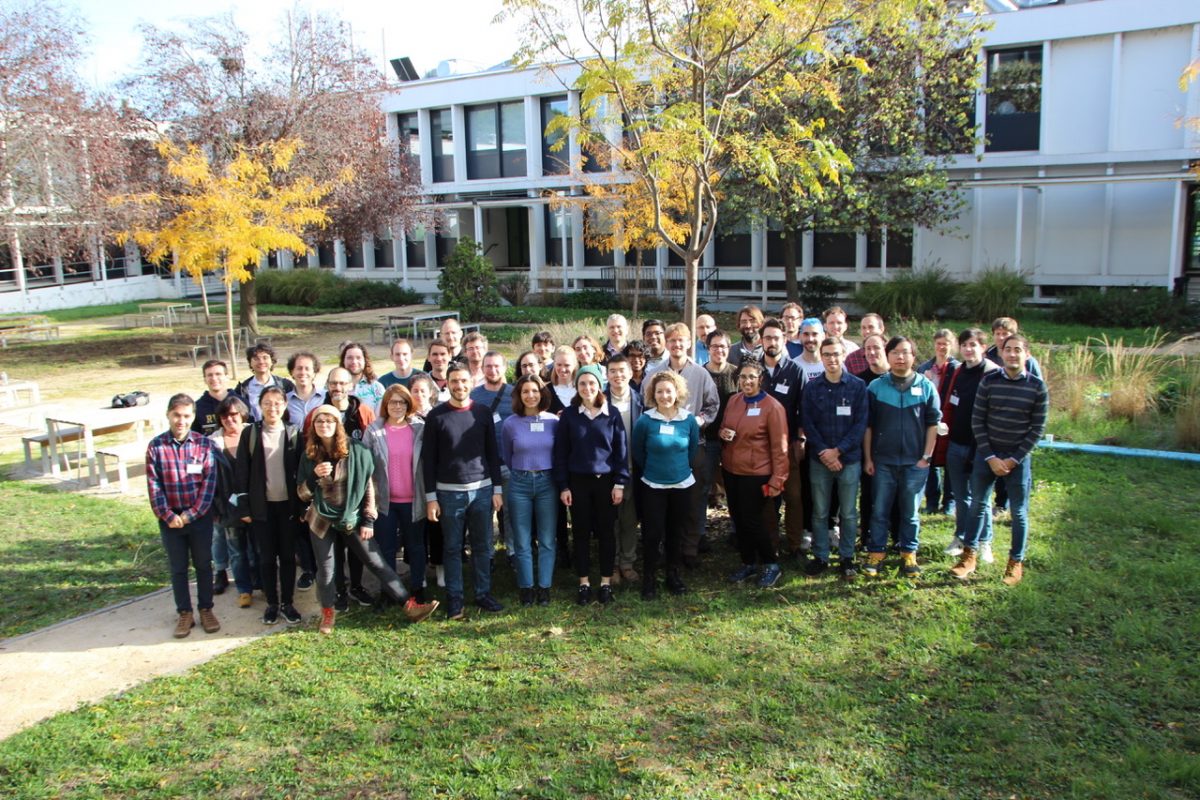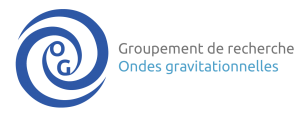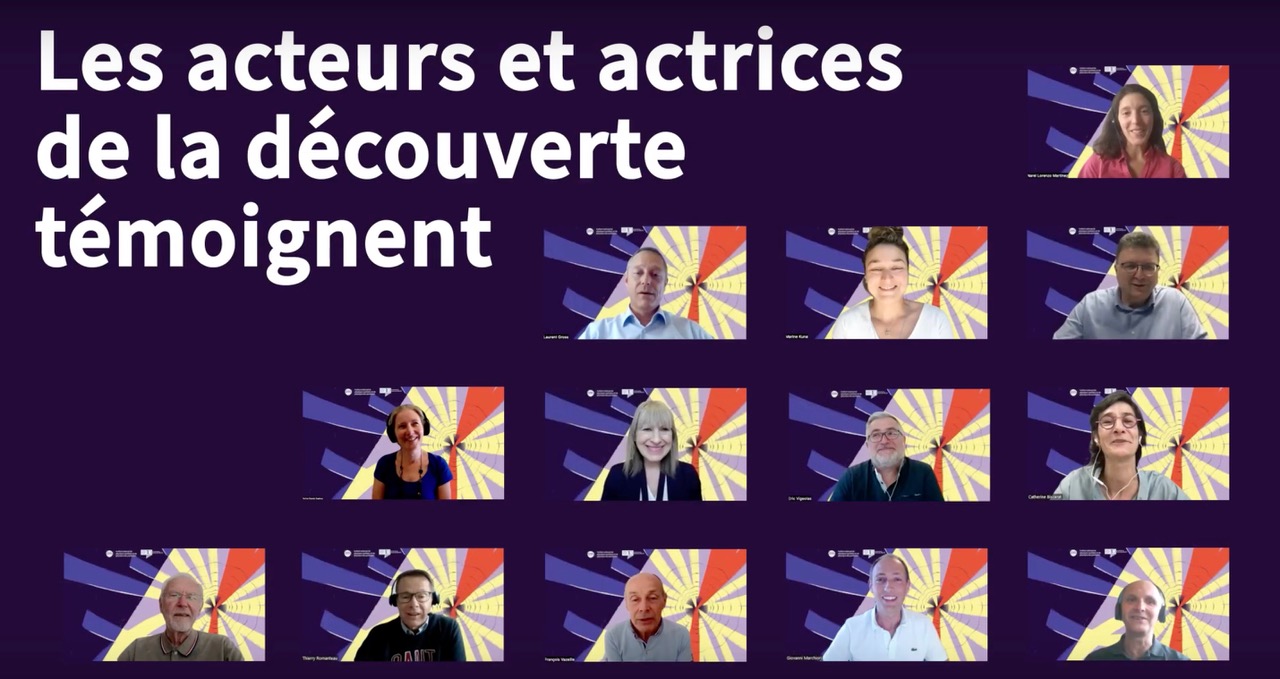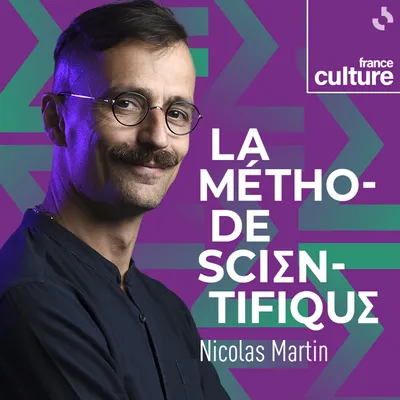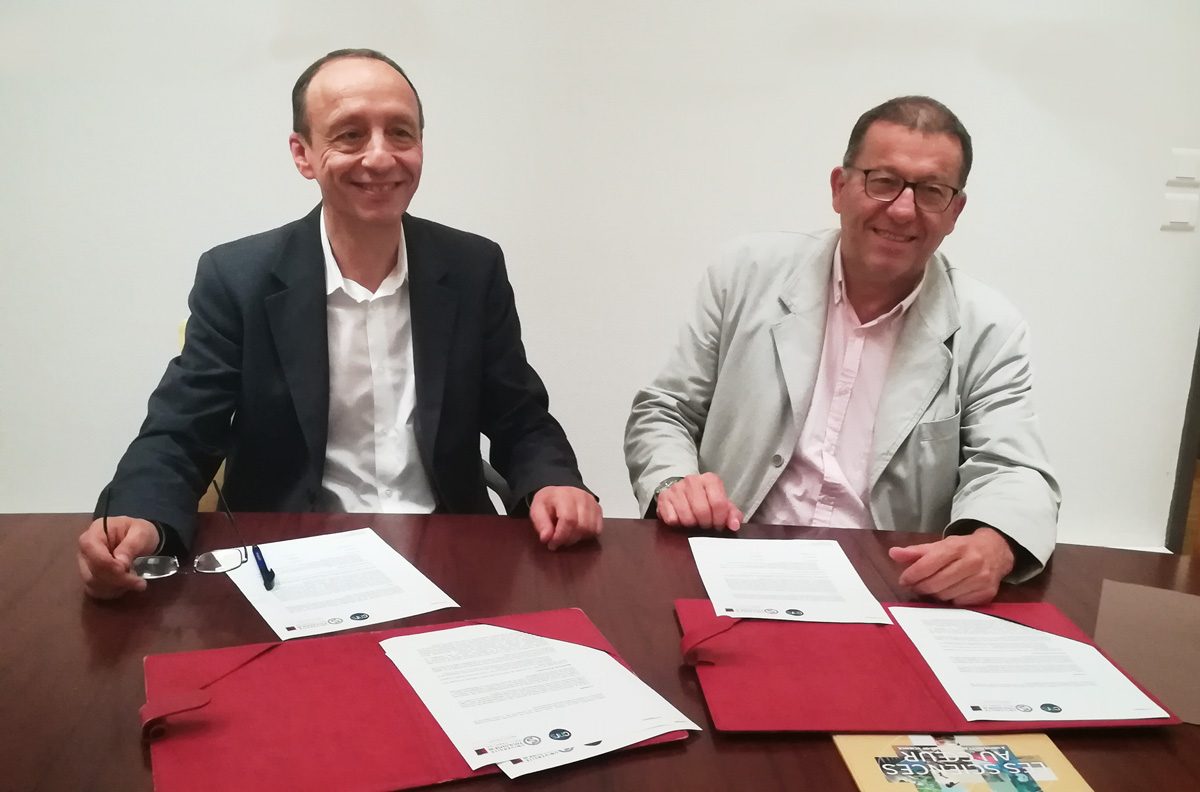Follow all the news from the laboratory and its community.
By category
By theme
Gravitational Waves Higgs Machine Learning Particle physics Thesis
All of our news items
-
Come and learn about gravitational wave analysis at L2IT!
Open science has become a crucial research issue. The gravitational wave community has set up the Gravitational Wave Open Science Center (GWOSC).
In particular, GWOSC makes gravitational wave detection data from the LIGO and Virgo detectors available to the public. LIGO and Virgo are currently taking data. Since their first detection in 2015 (crowned by a Nobel Prize in Physics in 2017), LIGO and Virgo have delivered around a hundred detections.
Since 2018, GWOSC has organized an annual Open Data Workshop, with this year’s edition taking place in mid-May. At this event, open to all, participants will learn the basics of analyzing data from gravitational wave detections. They will put them into practice using the same data and software as those used for data analysis by members of the LIGO and Virgo collaborations.
For the second year running, L2IT is joining this event by organizing a local study group in Toulouse to participate remotely in the event. Experts in gravitational wave data analysis from L2IT will be present on site at L2IT to help our local workshop participants. Our workshop is open to anyone interested.
→ to find out more and book your place at our Toulouse workshop.
-
L2IT closes the quarter on AI for the two infinities of the CNRS “AI for Science and Science for AI” (AISSAI) center.
✴︎ ResearchDedicated to heterogeneous data and large representation models in science, this international workshop was organized by L2IT, with the support of the CNRS AISSAI center. It is the third and final workshop of the AISSAI trimester on “Artificial Intelligence for the two infinites”. It was held in Toulouse from September 30 to October 3, 2024.
The sessions were organised around three main themes:
- Foundation models in Science
- Heterogenous Data and Multimodal Representation Learning
- Non linear Inverse Problem – Likelihood-free Learning
With a multi-disciplinary vocation and featuring a number of high-profile speakers, each session was of a high standard, and led to lively, in-depth and constructive discussions on these subjects at the cutting edge of AI/ML research.
Curious about the topics discussed? The presentation slides are available on the workshop agenda. The video recordings of the presentations are currently being processed; they will be announced on the workshop website shortly – stay tuned or contact us at aissai_heterogeneous-data_LOC@l2it.in2p3.fr !
-
Jan Stark deciphers Spider-man at Soirées Cult’
✴︎ OutreachThe Soirées Cult’ are organized by Instant Science. They are aimed at everyone, in a fun and friendly atmosphere, featuring experts to decipher today’s leading TV series, films and video games.
Jan Stark, particle physicist at CNRS and member of L2IT, is taking part in the Soirée Cult’ “Spider-man dans l’œil des experts”, taking place this Monday April 8 from 6.30PM at La Turbine in Toulouse. Jan will be explaining the concept of the multiverse, and will ponder the question: is it possible for there to be as many Spider-men as there are universes?
A busy evening which will also include a decoding of the secrets of Spider-man’s DNA, entertainment and a big quiz.
-
Held in Toulouse, the third MaNiTou summer school on the science of gravitational waves is now open for registration
MaNiTou will cover all areas of current gravitational wave science, from theory to data analysis and observations. It is aimed primarily at Master and PhD students, but also at any scientist wishing to learn more about gravitational waves.
The school is organised in collaboration with the scientific communities involved in gravitational waves based in the south of France, namely Marseille, Nice and Toulouse, hence the name MaNiTou for the school. This year, it will take place in Toulouse from July 1 to 6, 2024.
-
We are thrilled by the adoption of the space LISA mission by ESA
✴︎ ResearchThe LISA mission (Laser Interferometer Space Antenna) has just been officially accepted by ESA‘s (European Space Agency) Science Programme Committee. For LISA, one of the most ambitious scientific instruments ever conceived, this marks the start of a long process of final design and integration of the instrument, leading to a launch planned for 2035 on Ariane 6.
LISA will hunt for gravitational waves in space. Gravitational waves are ripples in spacetime produced by extreme astrophysical events, such as the coalescence of black holes. They were directly detected the first time in 2015 by the LIGO interferometers, that measure tiny variations of the optical path within their 4 km arms. LISA takes this concept of interferometry to the quiet environment of space. With its arms of 2.5 million kilometers, LISA will open a new window on the gravitational universe at low frequencies, and the scientific community expects that LISA will revolutionize our understanding of black holes and of the early Universe.
Researchers and engineers from L2IT are heavily involved in the LISA mission, on both the instrumental and the data analysis sides of the project. They are eager to participate in the next stages of this adventure!
To know more:
-
Space-time distortions in your living room
The Year of Physics has been declared. It is supported by the French Ministry of Education and Youth, CEA, CNRS, France Universités and the Société Française de Physique. We are delighted to present our new booklet, aimed at secondary school students, teachers and the general public.
L2IT and its members are committed to disseminating scientific information to the general public. Jan Stark (Senior CNRS Staff Scientist at L2IT) and Christelle Buy (CNRS Research Engineer specialising in optics at L2IT) contributed an article to the “Time“ chapter of the Petit Illustré “Regards croisés de chercheurs”, co-published by CNRS – Toulouse – and La Dépêche du Midi, to mark the occasion. Its launch was celebrated on 16 January 2024 with a great day with high school students and researchers. Article in La Dépêche du Midi → link.
This booklet is available at newsstands and from the CNRS Regional Delegation for teachers → find out more (FR only).
-
The L2IT holds its “large lab” stand at the European Researchers’ Night
Our young laboratory will be hosting its “grand labo” stand at the 2023 edition of the Nuit Européenne des Chercheurs at Toulouse’s Cité de l’Espace. We’ll be showing you the secrets of the infinitely large and infinitely small, the challenges we face today, and the innovative digital methods we’re using to achieve scientific breakthroughs in these fields. Our stand is suitable for young and old alike! Don’t hesitate to come and discover our activities – we look forward to welcoming you.
-
Charline Rougier’s thesis defense
✴︎ TeachingA first for L2IT.
Charline Rougier, L2IT’s first PhD student, will present her thesis entitled: Trajectography of charged particles using a new deep geometric learning algorithm and the search for additional Higgs boson particles in ATLAS Run 2 data, on September 19th 2023.
The jury is composed of:
- Mr Jan Stark, CNRS research director – thesis supervisor;
- Mr Vladimir Gligorov , CNRS research director – rapporteur;
- Mr Frédéric Machefert, CNRS research director – rapporteur;
- Mr Michel Daydé, Professor at the Université Toulouse 3 Paul Sabatier – jury member;
- Mr Marumi Kado, Professor at the Max Planck Institute for Physics – jury member;
- Ms Amber Boehnlein, Professor at the Thomas Jefferson National Accelerator Facility – jury member.
The defense will be given in english.
-
8th international workshop “Connecting the dots”
Hosted by L2IT in Toulouse.
This series of workshops, first held in Berkeley in 2015, brings together experts in the reconstruction of charged particle tracks and other problems involving pattern recognition in sparsely sampled data. The 2023 edition will take place in France, hosted by L2IT in Toulouse. It will take place from October 10 to 13, 2023, and will be followed by a workshop on real-time trace reconstruction.
-
Gravitational waves: the dawn of new science of the universe
✴︎ OutreachA seminar of the section Midi-Pyrénées de la Société Française de Physique, given by Nicola Tamanini, member of L2IT (IN2P3, CNRS, UT3), Senior Staff scientist at CNRS, on June 30th 2023, seminars room of the FeRMI building, Rangueil campus, at 11:00 AM.
Summary (FR):
Depuis leur première détection en 2015, les ondes gravitationnelles nous permettent d’explorer les mystères les plus obscurs de l’univers, y compris les trous noirs, les étoiles à neutrons et les propriétés de la gravité dans des conditions extrêmes. Mais qu’est-ce que sont les ondes gravitationnelles ? Comment nous les avons découvertes ? Comment nous les utilisons aujourd’hui pour sonder l’univers ? Que vont-elles nous apporter à l’avenir ? Dans ma présentation je vais donner une réponse à toutes ces questions pour faire découvrir à toutes et à tous l’univers des ondes gravitationnelles.
To relive this moment, the presentation is available.
-
Particle Physics makes its debut at the Université Toulouse III – Paul Sabatier
✴︎ TeachingFor the last lecture, students and teacher are happy! They all had a great time!
The first semester of the Particle Physics lectures in the master PEnTE of the l’University Toulouse III – Paul Sabatier is over! For the first time, the students following the master PEnTE could choose a dedicated lecture in Particle Physics, offered by L2IT members (Dr. Joany Manjarrés, junior chair professor at the University Toulouse III – Paul Sabatier, assisted by Dr. Jan Stark in the tutorial classes, research director at CNRS).
During the lectures, the students had the opportunity to learn about the irreducibly smallest detectable particles and the irreducibly fundamental force fields necessary to explain them. The lectures followed the road of how the Standard Model of particle physics theory was built, showcasing the very need theory-experimentalist exchange, and brought the students to the current status of research and all the still open questions about the nature of our Universe.
To finish the lectures the students even got their hands-on experimental ATLAS data and performed their own data analysis (using the ATLAS Open data).
-
Artificial intelligence tackles gravitational waves
Artificial intelligence is revolutionising more and more areas of data science. These methods are beginning to make inroads in the field of data analysis for gravitational wave detectors. With three partner laboratories, the L2IT has created an initiative of excellence to develop these new tools for the LISA mission, the space detector project led by the European Space Agency (ESA). This hybrid workshop was held from 21 to 25 November. It brought together 200 scientists (researchers, engineers, students; physicists and scientific computing experts), 60 of whom were on site, from Europe and around the world. Half the week was devoted to a conference with scientific presentations, and the other half to introductory courses and tutorials on artificial intelligence applied to LISA data analysis, allowing everyone to try out these new tools for themselves:
- T1: GW detection with traditional vs machine learning; Trainers: Joe Bayley + Michael Williams
- T2: GPU Techniques to Accelerate GW Waveforms and Data Analysis Computations; Trainers: Micheal Katz + Lorenzo Speri
-
The L2IT welcomes the GDR Gravitational Waves
✴︎ ResearchThe Groupement de Recherche des Ondes Gravitationnelles is a structure for the animation of a very large scientific community that is interested in exploring the Universe with gravitational waves, and that is likely to invest in this exploration. The aim of the GDR is to bring this community together and provide it with opportunities for meetings and joint discussions. The team led by Nicola Tamanini, research director at the L2IT and a member of the GDR’s steering and scientific committees, organised the hosting of this event.
The agenda and presentations are public and available at this link.
-
Understanding the universe with bosons ?
✴︎ OutreachA seminar of the Midi-Pyrénées section of the Société Française de Physique, given by Joany Manjarres, L2IT member (IN2P3, CNRS, UT3), Junior Professor Chair at the Université Toulouse III – Paul Sabatier, on 21 October 2022, seminar room of building 3R1, at 11:30 am, Paul Sabatier campus.
To relive this moment, the presentation is available.
-
Higgs boson: testimonial on the 10th anniversary of its discovery
✴︎ OutreachCatherine Biscarat, a computing engineer at CNRS since 2011, particle physicist by training and member of L2IT, gives her testimony on the occasion of the 10th anniversary of the discovery of the Higgs boson (July 4, 2012).
Her testimony is featured in a series of interviews produced by the Institut de Physique Nucléaire et de Physique des Particules for the “Boson de Higgs : 10 ans après, l’aventure continue“1 conference (https://indico.in2p3.fr/event/27434/).
Meet Catherine here! (subtitles available in French and English)
Part 1: https://youtu.be/lyUvJaAgRoE
Part 2: https://youtu.be/AQFBC-owHs8- “Higgs Boson: 10 years on, the adventure continues” ↩︎
-
W boson: it’s heavy stuff!
✴︎ OutreachThe french radio show “La méthode scientifique” features “Boson W : c’est du lourd !” (*) with Jan Stark, CNRS researcher at L2IT.
What are bosons? What part do they play in the Standard Model? How were they theorized? What measurements have been made to determine the mass of the W boson? And what about its real mass?
To answer these questions and understand the impact of the latest results from the measurement of the W boson’s mass on our understanding of the world around us, (re)listen to the May 3 broadcast LA MÉTHODE SCIENTIFIQUE of france culture with Jan Stark, CNRS research director and director of the laboratoire des 2 Infinis – Toulouse, and Maarten Boonekamp, research director at the CEA’s Institut de Recherche sur les lois fondamentales de l’univers in Saclay.
(*) “W boson: it’s heavy stuff!”
-
L2IT scientific computing presents
Comment la future phase de haute luminosité du collisionneur LHC du CERN, qui doit permettre l’étude des interactions du boson de Higgs, bouscule notre façon de calculer.
A seminar organised by the Midi-Pyrénées section of the Société Française de Physique.
To relive this event, the seminar slides are available.
-
The Higgs boson is in Toulouse – Quésako ?
✴︎ OutreachA seminar of the Midi-Pyrénées section of the Société Française de Physique, on 20 December 2019, given by Jan Stark, director of the brand new “Laboratoire des 2 Infinis – Toulouse” (L2IT) laboratory established in Toulouse on 1 September 2019, with the Université Paul Sabatier -UT3- and the CNRS, through the Institut National de Physique Nucléaire et de Physique des Particules (IN2P3).
To relive this moment, the presentation is available.
-
Kick-off for the creation of a CNRS-Université Toulouse III Paul Sabatier joint research unit
On 12 July 2019, Reynald Pain, director of the CNRS’s Institut national de physique nucléaire et de physique des particules (IN2P3), and Alexis Valentin, vice-president of research at Toulouse III-Paul Sabatier University (UPS), signed a letter of intent with the aim of creating a joint research unit (UMR) on the Toulouse university site, focusing on the scientific themes of IN2P3.
The new unit’s research activities will focus on theory, modelling, simulation, data processing and analysis. It will focus on two main areas: Study of the structure and dynamics of the atomic nucleus at the Large National Heavy Ion Accelerator (GANIL); Study of the Standard Model of particle physics and research into new physics at the Large Hadron Collider (LHC) at CERN. Other research themes may also be developed in synergy with existing activities at the Toulouse site. “Toulouse is an important site from a scientific and technical point of view, with a modern university and a large number of students of an excellent standard, but with no scientific offerings in our field” (*) said Reynald Pain, Director of IN2P3. “It was important for IN2P3 to set up a joint research laboratory there” (**). Initially, and as soon as autumn 2019, the first CNRS researchers and ITAs will join the new establishing unit by mobility from other IN2P3 laboratories. They will later be joined by other staff. The aim is to create the UMR on 1 January 2020.
(*) « Toulouse est un site important d’un point de vue scientifique et technique, qui bénéficie d’une université moderne, avec beaucoup d’étudiants d’excellent niveau mais sans offre scientifique dans notre domaine. »
(**) « Il était important que l’IN2P3 s’y implante à travers la création d’un laboratoire mixte de recherche. »
